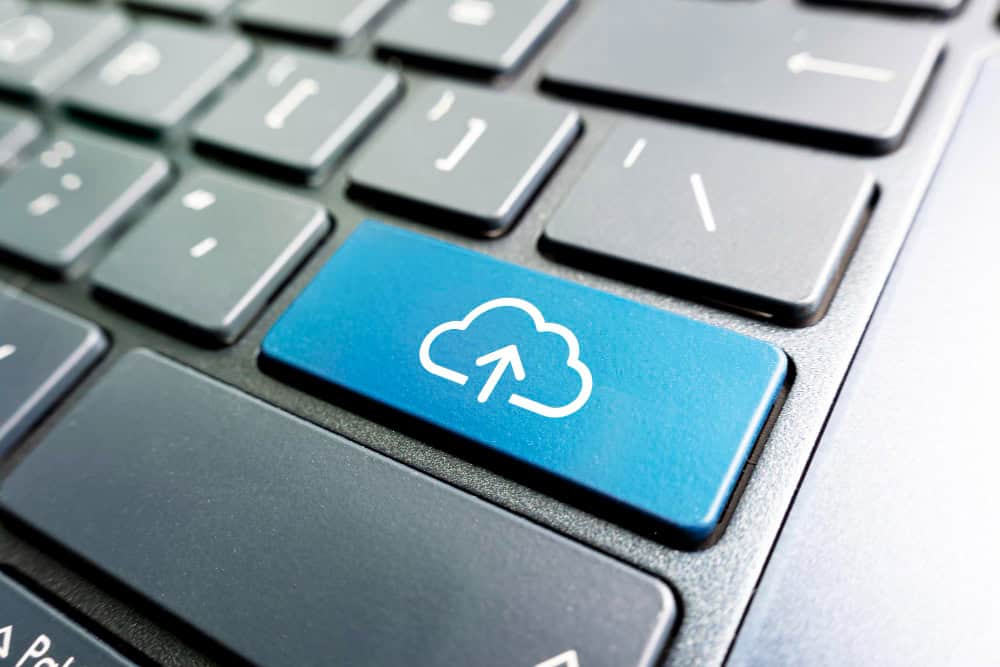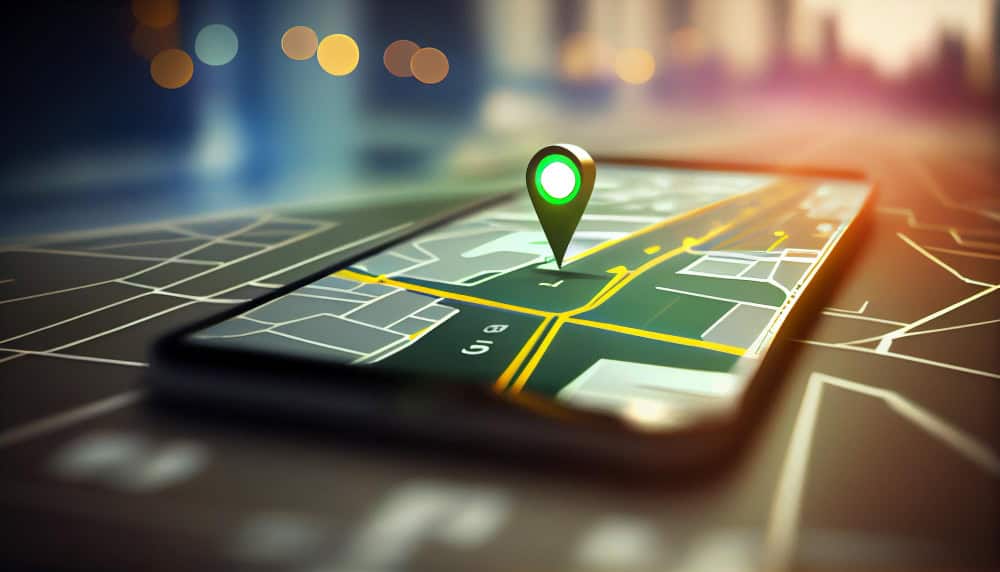Nous vivons actuellement la quatrième révolution industrielle, où la technologie façonne les industries, les villes et notre mode de vie. Ce sujet a été largement débattu ces dernières années et l'introduction de la 5G devrait avoir un impact significatif sur l'avenir. L'avenir de l'Internet des objets (IoT) est au cœur de cette discussion, ainsi que la manière dont cette tendance technologique intelligente va façonner le monde industriel et de consommation tel que nous le connaissons.
Table des matières
ToggleIoT : Paysage du marché
Lorsque nous parlons d'IdO, nous faisons référence aux appareils IdO qui utilisent des capteurs et des actionneurs pour collecter et analyser les données de leur environnement. Ce réseau d'appareils est connecté à Internet et recueille, partage et analyse des informations qui facilitent une action connexe. Les appareils IoT comprennent tout ce qui est ordinateurs, tablettes, appareils mobiles, ordinateurs portables, smartphones, wearables, appareils de maison intelligente, machines, robotique, etc.
Le marché de l'IoT est un vaste réseau composé de matériel, de logiciels et d'applications qui interagissent les uns avec les autres. Quelle est la taille de ce marché ? Les prévisions indiquent que d'ici 2025, plus de 75 milliards d'appareils connectés à l'internet des objets (IoT) seront utilisés. On prévoit également que d'ici 2024, le volume de données créé par les connexions IoT devrait atteindre un total massif de 79,4 zettaoctets. En termes de dépenses mondiales pour l'IdO, nous atteindrons 1,1 trillion de dollars américains d'ici 2023.
Ces estimations montrent que l'IdO est appelé à avoir un impact important au niveau mondial, tant en termes d'IdO grand public que d'IdO industriel. La croissance de ce marché est principalement due aux nombreux avantages que l'IdO apporte aux consommateurs et aux verticaux industriels en matière de connaissance des données, d'automatisation et de commodité. Il s'agit notamment d'une productivité accrue, de l'automatisation des opérations, de l'amélioration de l'expérience client, d'une plus grande efficacité opérationnelle, d'économies de coûts, d'une prise de décision axée sur la perspicacité, etc.

L'avenir de l'Internet des objets : 5 prédictions
Avec une telle croissance attendue au cours des prochaines années au sein de ce marché, il existe plusieurs prédictions de tendance sur la façon dont l'IoT sera utilisé et développé à l'avenir. Voici nos cinq principales prédictions pour l'avenir de l'internet des objets,
L'évolution vers des villes et des maisons intelligentes
Nous avons déjà commencé à voir cette tendance prendre son envol avec l'arrivée de nombreux appareils domestiques intelligents. Il s'agit de gadgets comme les réfrigérateurs intelligents, les aspirateurs, les systèmes de sonorisation et d'éclairage, les systèmes de sécurité, etc. Chacun de ces appareils et systèmes peut être automatisé et contrôlé à distance ou par reconnaissance vocale.
En utilisant l'IoT, les villes pourront automatiser, gérer à distance et collecter des données dans toute la ville. Cela aidera à résoudre les problèmes liés à la sécurité routière, à la congestion, au stationnement, etc.
La technologie intelligente pourra aider à prévoir les besoins d'entretien des routes, des ponts, etc. et à améliorer la sécurité de la ville.
Grâce à l'utilisation de la reconnaissance faciale, des systèmes biométriques, des caméras de sécurité, etc. les forces de l'ordre disposeront d'outils plus efficaces et plus performants pour résoudre un crime, protéger les citoyens et aider ceux qui en ont besoin. Ce n'est qu'un début, il y a tellement d'autres applications pour l'utilisation de l'IdO dans une ville qui amélioreront les expériences et la sécurité des citoyens et des visiteurs.
L'analyse des big data ouvre de nouvelles perspectives
Nous avons déjà mentionné que l'IoT apporte avec lui d'immenses quantités de données et de trafic. Cette augmentation des données offre l'opportunité d'améliorer l'expérience client, de réduire le taux de désabonnement, d'augmenter les revenus, etc. Mais comment ? La réponse réside dans l'utilisation des données obtenues à partir des appareils IoT et des algorithmes pour interpréter les tendances de consommation, les opportunités et identifier les problèmes afin de mieux répondre aux besoins des clients.
Cette solution peut être utilisée dans différents secteurs verticaux, notamment l'industrie manufacturière, la vente au détail, les soins de santé, etc. Par exemple, dans le secteur de la santéles wearables IoT sont utilisés pour partager des données avec des professionnels de la santé qui fournissent des informations sur les signes vitaux du patient, ses réactions aux médicaments, etc. Ces données peuvent donner un aperçu de la santé des patients et permettre un diagnostic plus rapide et des soins plus personnalisés. Cette technologie peut également être utilisée dans le secteur de l'application des lois, par exemple en utilisant des drones pour aider à rechercher une personne disparue dans de vastes zones ou pour fournir des informations sur une situation dangereuse. En utilisant les données collectées par les appareils IoT, vous serez en mesure d'améliorer l'efficacité, la sécurité, les opérations, et plus encore.
L'intelligence artificielle et l'impact sur le big data
Nous avons déjà évoqué l'importance du big data, mais l'intelligence artificielle (IA) en est la clé et restera un facteur contribuant au succès de l'IoT. L'intelligence artificielle, qui utilise l'apprentissage automatique, est la technologie qui aide les organisations à donner un sens à l'immense quantité de big data transférée entre les dispositifs IoT.
L'IA aide à la préparation des données, à la visualisation des données en continu, à la précision des données et à l'analyse des données en temps réel. En termes simples, l'IdO permet le flux de données, et l'IA donne un sens à ces données en les interprétant d'une manière qui facilite les idées exploitables qui sont souvent automatisées. L'IA réduit également le risque d'erreur humaine et est considérée comme un élément essentiel pour la croissance future du marché de l'internet des objets.
L'informatique de périphérie par rapport à l'informatique en nuage
L'informatique en périphérie rapproche les propriétés de l'informatique en nuage de la périphérie du réseau. Pourquoi est-ce important et plus efficace que le cloud computing lui-même ? Le cloud computing est idéal pour stocker et traiter des données, mais le flux de données en amont et en aval du cloud entraîne souvent des retards et expose les données à des risques de sécurité.
L'Edge computing modifie cette architecture et apporte les capacités du cloud aux appareils locaux, ce qui permet un traitement plus rapide des données, une latence minimisée, une réduction des problèmes de sécurité et une meilleure utilisation de la bande passante. Cela offre également une connectivité et un traitement plus rapides, ainsi qu'une fiabilité accrue pour l'IdO.
Les réseaux 5G continueront d'avoir un impact sur la croissance de l'IdO
L'adoption de la 5G devrait être l'un des principaux accélérateurs du marché de l'IdO. La 5G apporte avec elle une vitesse, une fiabilité et une connectivité accrues, une utilisation accrue de la bande passante et une faible latence. Actuellement, le réseau 4G peut prendre en charge jusqu'à 5500 à 6000 appareils NB-IOT sur une seule cellule, un réseau 5G sera capable de prendre en charge un million d'appareils sur une seule cellule. Il s'agit d'un chiffre important si l'on considère que d'ici 2030, on estime que plus de 100 milliards de dispositifs IoT seront connectés.
Cette capacité accrue, ainsi que celle de l'informatique en périphérie, signifie que le réseau sera en mesure de soutenir la croissance de l'IdO, qui ne peut fonctionner sans connexions réseau fiables.
Cela donne l'occasion d'innover et de créer des solutions que beaucoup pensaient impossibles. Par exemple, le cabinet d'études Gartner a eu l'audace d'estimer qu'au cours des prochaines années, il y aurait 250 millions de voitures connectées sur les routes du monde, avec de nombreuses nouvelles voitures capables de se conduire elles-mêmes.
La 5G présente également l'avantage de renforcer la sécurité et la confidentialité, car elle est axée sur le règlement général sur la protection des données, ce qui réduira les vulnérabilités liées au transfert de données entre les appareils IoT. Cela permettra en outre l'utilisation de la réalité augmentée, de la technologie de réalité virtuelle et d'innovations telles que les voitures sans conducteur.
Qu'est-ce que cela signifie pour les opérateurs télécoms ?
L'avenir de l'internet des objets offre un immense potentiel de croissance et de différenciation dans le secteur des télécommunications. Les opérateurs télécoms ont la possibilité de créer de nouvelles sources de revenus en répondant aux besoins et aux exigences de l'IdO des consommateurs et des entreprises.
Le modèle économique des opérateurs de télécommunications est suffisamment souple pour leur permettre d'élargir leurs offres et leurs services et de se tailler une place dans les solutions IoT, afin d'acquérir un avantage concurrentiel et de garantir leur croissance et leur rentabilité. Les opérateurs télécoms peuvent également utiliser cette technologie innovante, et les analyses de big data qu'elle fournit, pour améliorer l'expérience client, l'efficacité opérationnelle et l'automatisation des processus et des systèmes. Cela ajoutera davantage de valeur à leur clientèle, ce qui aura un impact positif sur les résultats de l'entreprise.
Conclusion
L'avenir de l'internet des objets offre à de nombreuses verticales industrielles des possibilités d'améliorer différents aspects de leur activité. Avec l'évolution vers la 5G et les capacités de l'IA, l'IdO est prêt à changer le monde tel que nous le connaissons. À l'avenir, vous vivrez dans des villes et des maisons intelligentes rendues possibles par cette technologie intelligente. Le monde des affaires est également appelé à changer, car la technologie favorise l'analyse des big data, ce qui permet aux entreprises et aux opérateurs télécoms d'en faire plus, d'offrir plus, d'améliorer l'expérience client, d'optimiser les opérations et, au final, d'augmenter les revenus. Il sera intéressant d'observer comment cette technologie se développe et s'adapte aux différents secteurs verticaux de l'industrie dans les années à venir.

Gérez efficacement votre écosystème IoT avec la connectivité IoT

En tant que responsable mondiale du marketing et du développement commercial, forte de 20 ans d'expérience, l'expertise d'Agnieszka réside dans la mise en œuvre pratique de stratégies marketing numériques et traditionnelles pour les entreprises B2C et B2B. Grâce à son approche stratégique à long terme, axée sur le client, et à son expérience en matière de stratégie de marque, elle continue de développer des plans marketing innovants qui donnent des résultats significatifs. Travaillant désormais dans le secteur du SaaS, elle supervise une multitude de solutions au sein de l'industrie des télécommunications, notamment l'expérience client et le libre-service, les SVA, le NextGen, l'IoT, le FinTech et les analyses avancées.




